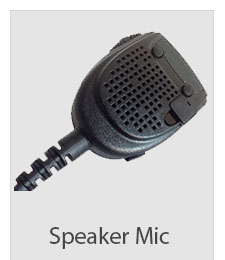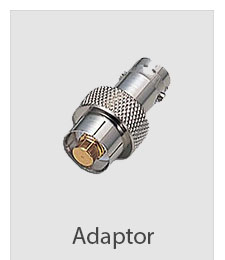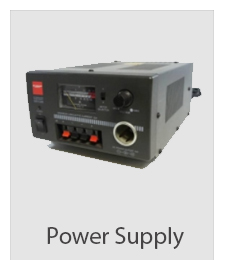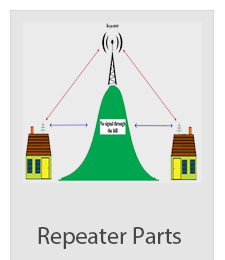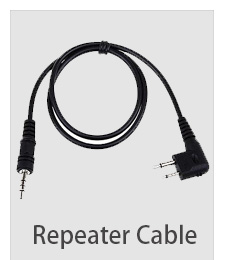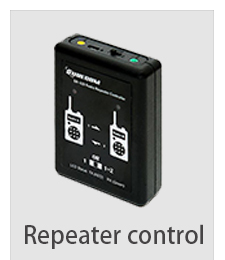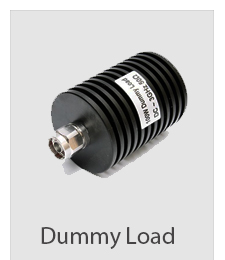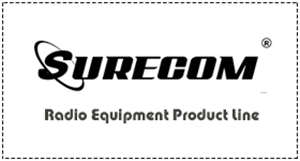EQUIPMENT COMMISSIONING
DEFINITION
Equipment commissioning is the process of ensuring that all systems and components of a building are designed, installed, tested, operated, and maintained according to the operational requirements of the owner and tenants. A commissioning process may be applied not only to new projects but also to existing units and systems subject to expansion, renovation or revamping.
The four types are commissioning, retro-commissioning, re-commissioning, and continuous commissioning.
WHY IT MATTERS
TRADITIONAL COMMISSIONING
Commissioning, retro-commissioning, and re-commissioning are capital and labor-intensive processes that require the engagement of a multitude of personnel including:
- Commissioning Provider (CX Agent)
- Owner's Representative (PM)
- Architect and Design Engineers (A/E)
- General Contractor (GC)
- Mechanical Sub-contractor (MC)
- Electrical Sub-contractor (MC)
- Specialty Sub-contractors (Controls, TAB, Security, Elevator, etc.)
- Operations and Maintenance Staff
- Equipment Suppliers
The process and activities depend on the stage of phase of the equipment:
- Design Phase - Design intent, CX plan, specifications, review submittals, prepare checklists and testing plans
- Construction Phase - Verify installation, start-up and component testing
- Acceptance Phase - Functional testing, resolve deficiencies, review O&M
- Warranty Phase - Diagnostic monitoring, CX report, O&M staff training, seasonal testing
https://www.409shop.com/shop.php
Telecommunications Knowledge
|







